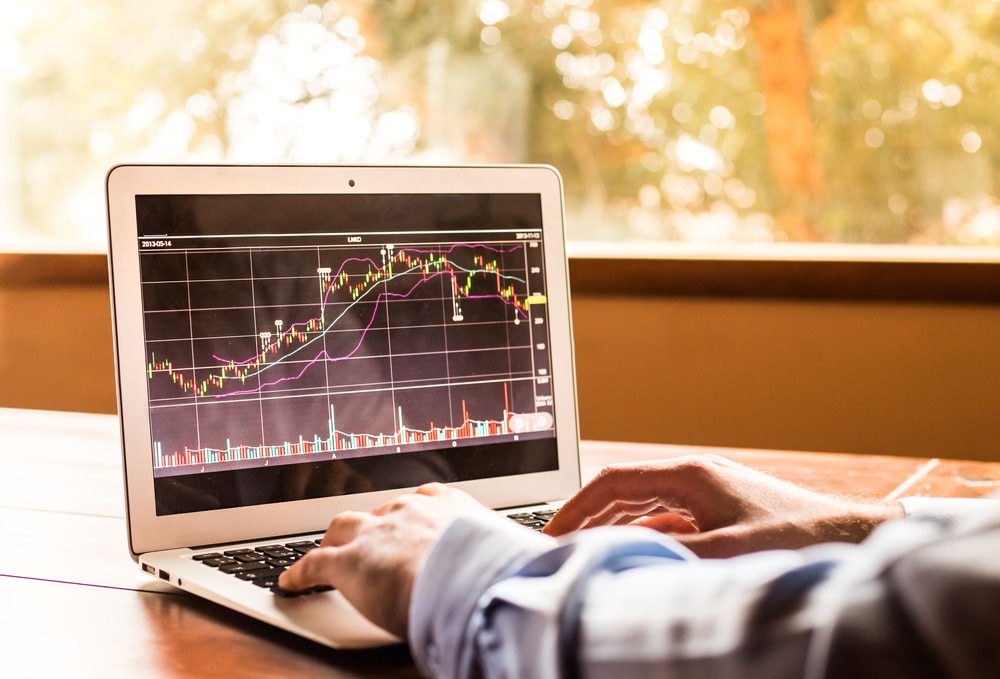
Too many people start trading using wrong information, having inadequate expectations and attitudes. If you were a beginner, what’s the best place to start? In this article, we will look at the 5 essential steps to give you the highest chances to succeed in Forex trading.
Make sure this is what you want
You might be thinking, “Of course I do; I wouldn’t even google about FX otherwise!”. Well, to avoid disappointments and unnecessary financial losses, you should have the right expectations. Trading is not a shortcut to riches. Furthermore, there are plenty of other careers where it’s potentially easier to make extraordinary profits!
You should expect to spend hundreds of hours (thousands?) practicing first before you get any tangible results. You are not special, neither are 95% of those who fail trying out trading.
Get proper education
The initial step in your forex journey is getting schooled well. Today there is no shortage of relevant information, and it’s easy to find good literature, videos, or even practice trading risk-free.
The challenge is sorting out what really matters and how to go about it. If you’re fortunate to find a thoughtful mentor, you might be well on a fast track in trading.
Learning materials
You’ll have to choose between paid and free materials. The difference is often not significant. A quality paid course can save you time organizing information and present you with the most practical methods. Also, you can sometimes get original tools such as excel sheets and unique indicators along.
Mentor
It’s always more efficient to learn from somebody who has already mastered the craft. You see, consistently profitable trading is far beyond remembering the theory. It’s about transforming your character into the suitable one. We learn best by following an example; so, by building a trustworthy relationship with your mentor, you’re setting yourself up for success.
Initial preparations
Here we’ll look at the concrete actions that you should take to become a professional trader. While you’re studying basics or scouting a demo trading, start saving up for your first live account.
Create a trading plan
Use the theory you’ve learned previously to come up with a detailed plan of how to trade. Below is a brief list of what you should define in your plan.
- Core trading concept: breakouts, rebounds; trend-following, reversals
- Time frame: 1-hour, 4-hour, daily, etc
- Tools: trendlines, indicators, software, anything else helpful for trading
- Risk management: risk per trade, maximum drawdown, etc
- Traded instruments: majors, crosses, others
- Entry and exit techniques: what needs to happen to enter/exit the market?
The plan doesn’t even have to bring profits right away. What matters is the very fact of having it, so you know what you’re supposed to do and what to change to improve the results.
Grasp technicalities: demo account and order types
A demo account is perfect for getting fluent in using a platform and practicing executing your trading plan. By this point, you should know about order types such as market, limit, and stop.
However, it’s a different story using the correct order in real-time, especially if you’re engaged in fast-paced trading. A mistake due to the lack of established habits can cost you.
At this stage, consider using a small live account, say $100. Unlike a pure risk-free demo account, risking your own money will start teaching you to manage your psychological state while making live trading decisions.
Get feet in the game
You’re off and running, applying theory and absorbing experience while practicing risk-free or the money that doesn’t make a difference in your finances. Keep saving for a decent-size account while you’re honing your trading skills.
Start practicing
Open a demo or a small live account and follow your trading plan as closely as possible. Be receptive – observe the market environment, what works and what doesn’t. Here is another stage of education, but now you’re focusing on building the right habits, getting screen time, and living through market cycles.
Track your trading
While you’re actively practicing and learning new stuff about the market from your personal experiences, it’s critical to keep a journal, documenting all sorts of your experiences.
Your journal should include:
- Statistics: trade entry, exit, reasons, and any issues related
- Your psychological state: your feelings before/after a trade etc
- Market observations: any repetitive patterns you noticed, other potentially helpful details
After about 50 trades, if you consistently document your experiences, you’ll be able to find your first behavioral patterns, optimize your system and routines. You can keep such a journal using a physical/digital notebook, excel sheets, or subscribe to paid journal software.
Grow professionally
You’ve likely established some routines and might even see the first signs of consistent results – whether positive, negative or breakeven. Keep building your track record to be in tune with what needs to be improved.
Fund a bigger account
If you saw consistently positive or at least breakeven results and got fluent in following your plan, it’s time to move on to a bigger account. Use the funds that you saved up to fund your first meaningful-sized account.
Keep the risk small
As you’re trading with a relevant amount now, start from risking small, typically 0.2%-0.3% per trade. Get used to real profits and losses.
Continue documenting your trades and emotions
You’re likely to focus more on the psychological aspect of trading now, so make sure you keep documenting your problems and solutions. Continue building your track record.
Scale in your career
By now, you should be earning consistent profits, having a decent track record, and being quite confident in what you’re doing. You can carefully increase your risk per trade up to 1-1.5% of the balance.
To get to the next level, you need capital. If you’re ready to put in a few tens of thousands of dollars, you can go for it.
Another way of getting a sufficient account size to live off trading is to get into a proprietary business. For a few hundred dollars fee, you get a chance to manage hundreds of thousands while not paying for losses from your pocket.
Once you get an account size that allows you to cover living expenses from the profits while still enabling you to reinvest and manage more funds, the sky’s the limit.








Leave a Reply